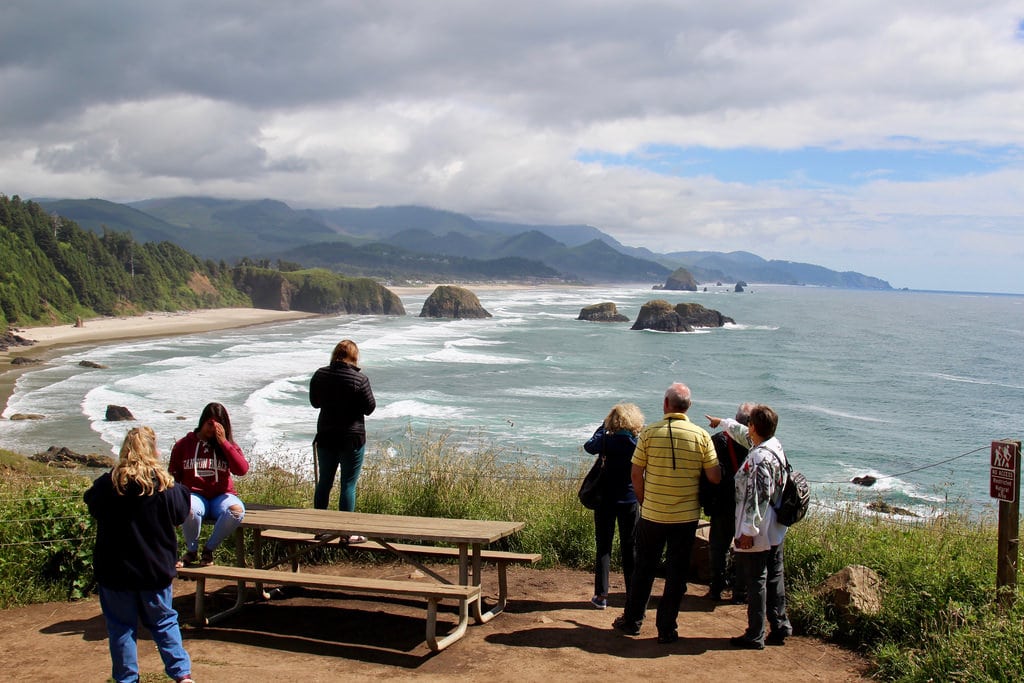State Tourism Budget Growth Slows Ahead of Governors' Races in Midterms

Skift Take
The future of tourism marketing in the United States will be on the ballot in more than three dozen states in one way or another this November. While most voters probably won't realize that, tourism is one of the most important economic drivers they'll be voting for.
As the midterm elections approach, in which 36 states will vote for governors, state tourism boards increasingly face pressure to justify higher spending, or in some cases even their existence.
Tourism budgets generally have gradually bounced back to or exceeded pre-recession funding levels. But the growth on average for state organizations has slowed, according to a Skift analysis of state tourism budgets ahead of the elections in November. In addition to governors, more than 6,000 state legislature seats will be decided.
Consider what's happening to a major source of funding for state tourism budgets — the state budgets themselves. A report from the National Association of State Budget Officers, which details data collected from all 50 states, shows state general fund spending for enacted fiscal 2018 budgets is expected to grow just 2.3 percent from fiscal 2017 — the slowest growth rate since fiscal 2010.
That slowdown is having an effect. The average U.S. state tourism budget for fiscal 2018 was $19.6 million, a 3.7 percent increase year-over-year. But that is a significant pullback from four years ago at the last midterm election. The growth in tourism budgets from 2013 to 2014 was 14 percent.
With many states under financial strain, brought on by steep pension obligations, candidates are surely running campaigns touting austerity measures that will not bode well for state tourism budgets.
High-profile budget battles have plagued states like Fl
